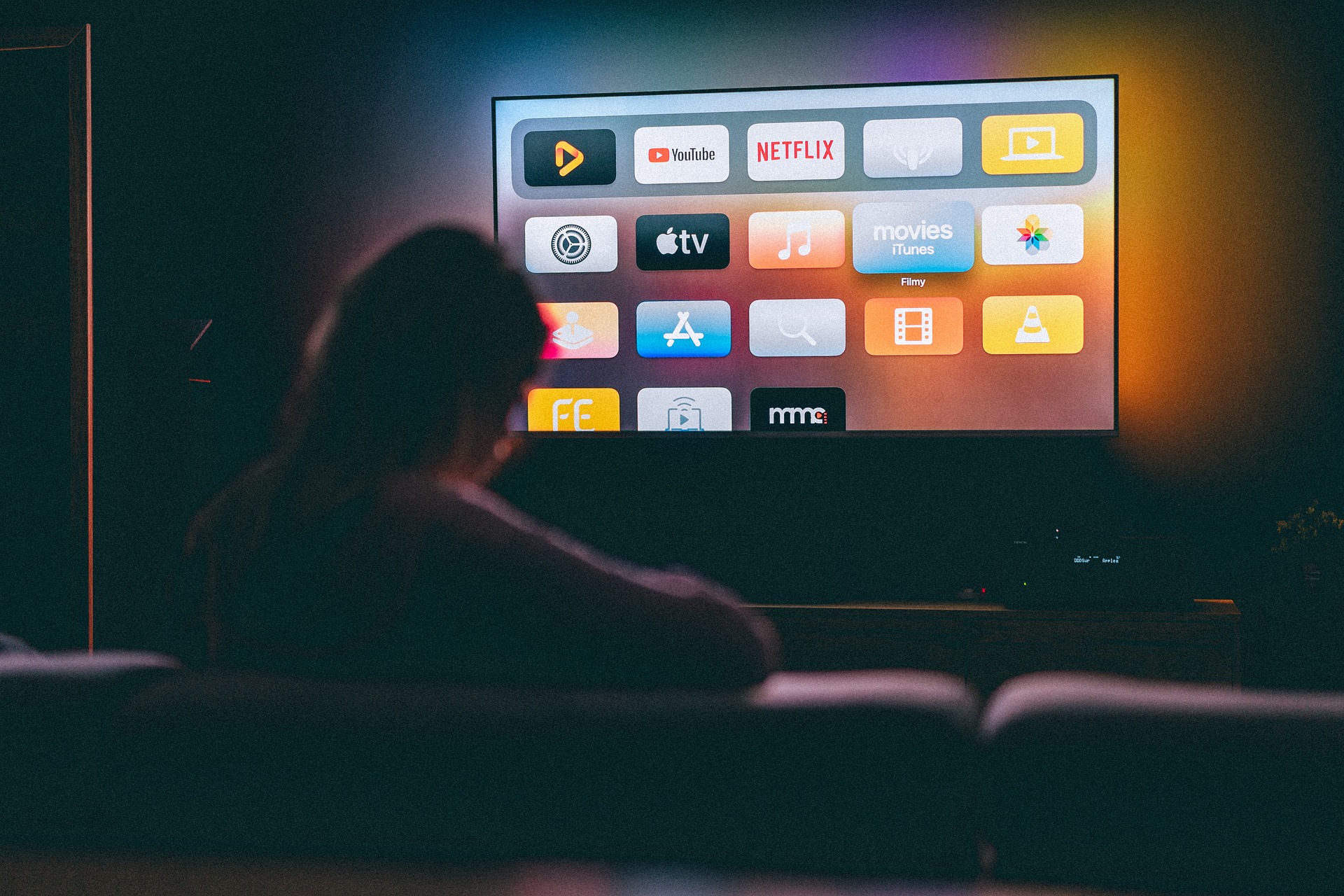The Promising Impact of Virtual Reality on Physical Rehabilitation
Virtual Reality (VR) has been steadily gaining ground in various sectors, and healthcare is no exception. This innovative technology is revolutionizing physical rehabilitation, offering promising results and transforming how patients recover. Read below to learn more about this exciting development in healthcare.

The Emergence of Virtual Reality in Healthcare
Virtual Reality has been making waves in the healthcare field for several years now. Initially used as a tool for surgical training and planning, VR has expanded its horizons to encompass therapeutic applications. Today, VR is used in pain management, mental health treatment, and significantly, physical rehabilitation.
VR and Physical Rehabilitation: A Perfect Match
Virtual reality in physical rehabilitation is a rapidly growing area. The immersive nature of VR allows patients to participate in realistic, engaging, and fun therapeutic exercises. Patients can perform their exercises in various simulated environments, which not only enhances their motivation but also improves their cognitive function and motor skills.
The Benefits of VR in Physical Rehabilitation
The benefits of VR in physical rehabilitation are multifold. For one, it provides a safe environment for patients to practice their exercises without the fear of falling or injury. Moreover, it enables therapists to track and monitor patients’ progress accurately. VR also makes the rehabilitation process more enjoyable, increasing patients’ adherence to their therapy regimen.
The Future of VR in Physical Rehabilitation
With the continuous advancements in technology, the future of VR in physical rehabilitation looks promising. We can expect more sophisticated and realistic virtual environments, better tracking systems, and more personalized therapy programs. As we continue to explore the potentials of VR, it is likely to become a standard tool in physical rehabilitation.
Challenges and Considerations
Despite its promising benefits, there are challenges and considerations in implementing VR in physical rehabilitation. These include the cost of VR equipment, the need for technical support, and the potential for VR-induced motion sickness. Furthermore, it’s crucial to ensure that VR therapy is suitable for each patient and complements traditional rehabilitation methods.
- Fact: Studies have shown that VR therapy can improve balance, walking ability, and upper limb function in stroke patients.
- Tip: When choosing a VR therapy program, consider the patient’s physical abilities, cognitive function, and personal preferences.
- Fact: VR therapy is not only used in physical rehabilitation but also in treating phobias, PTSD, and social anxiety.
- Tip: To prevent VR-induced motion sickness, it’s recommended to start with short sessions and gradually increase the duration.
In conclusion, Virtual Reality holds great potential in the field of physical rehabilitation, offering an innovative approach to therapy that is engaging, effective, and enjoyable. While there are challenges to consider, the benefits it brings to patients and therapists alike make it a promising tool in healthcare. As we continue to harness the power of technology in healthcare, we can expect to see more breakthroughs that transform lives and improve well-being.




